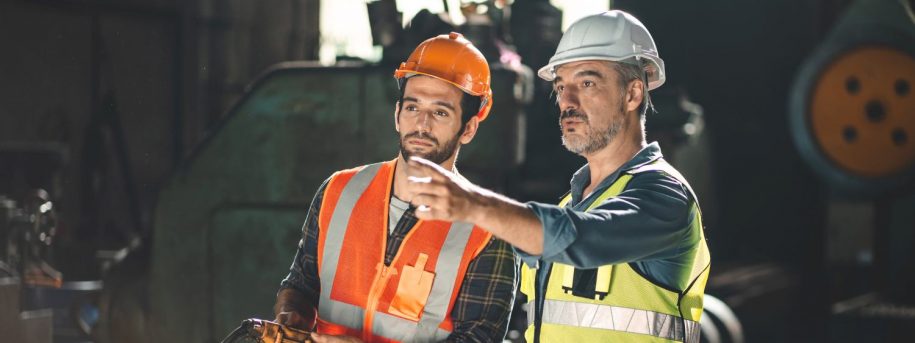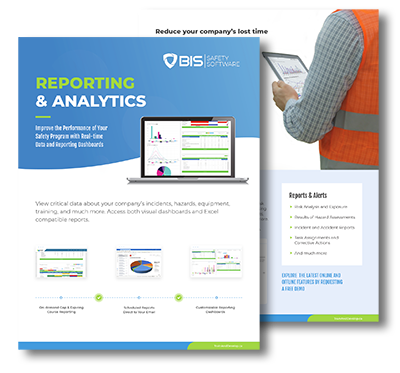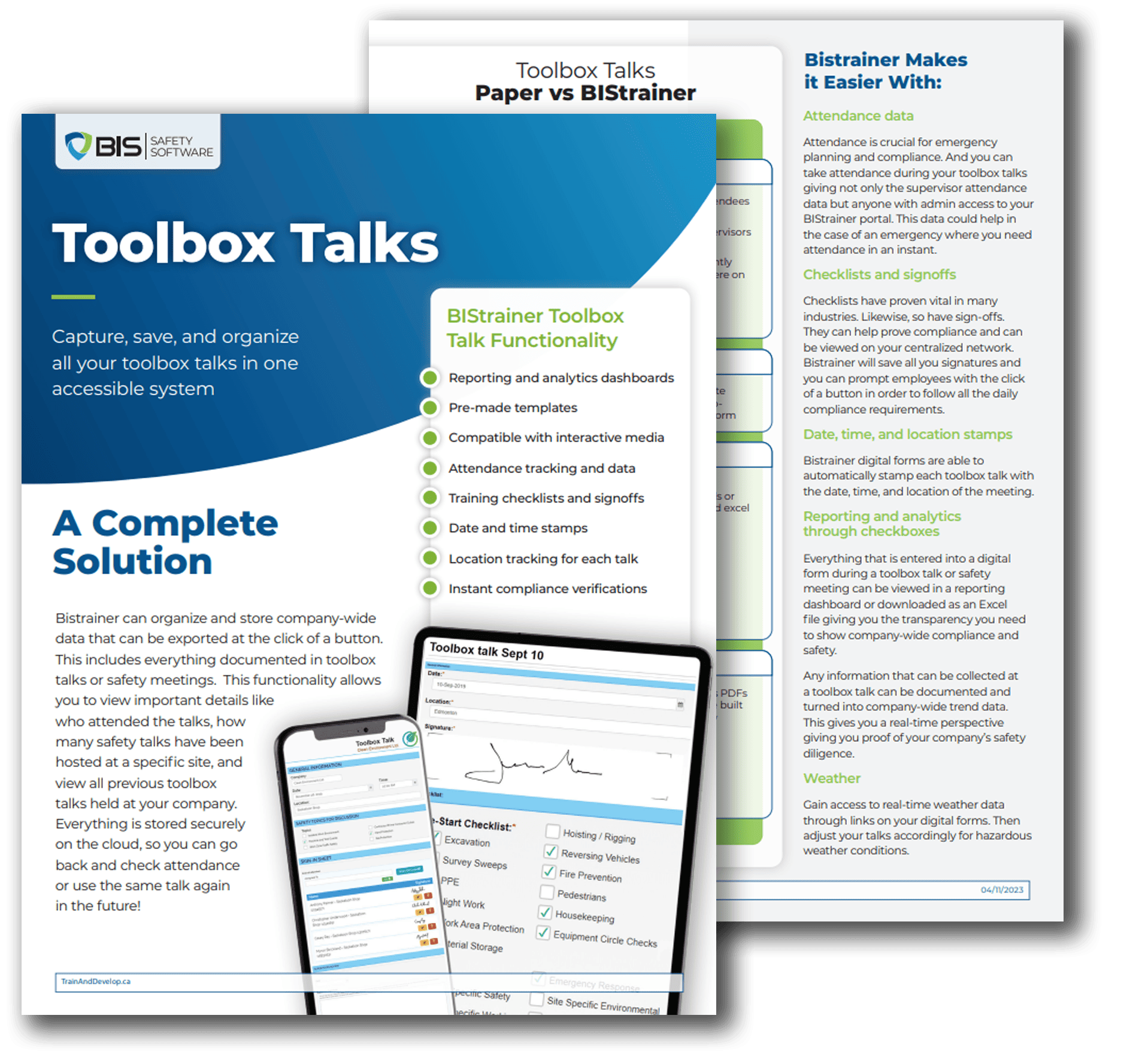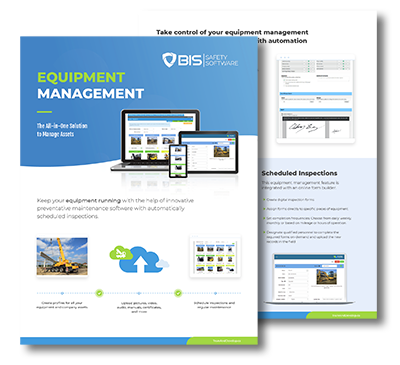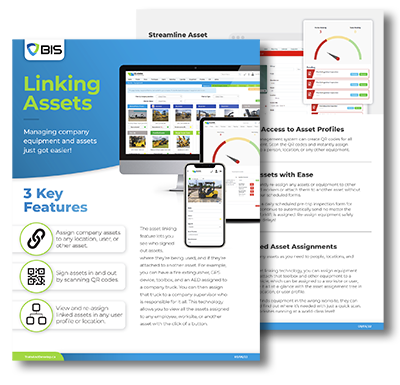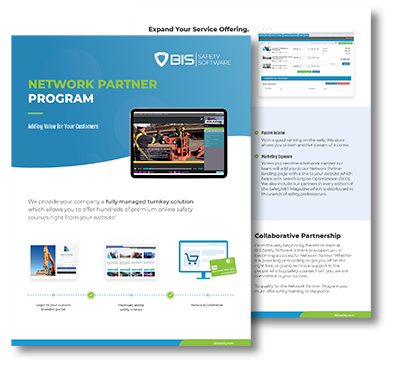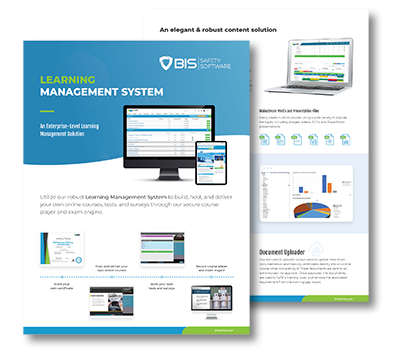In a world that spins at the speed of a tweet, the stakes for maintaining sterling health and safety standards have never been higher. For businesses across the UK, the duty to safeguard their workforce isn’t just a box to tick—it’s a cornerstone of ethical operations. In the speedy pace of day-to-day business, it’s easy to forget that each decision, each overlooked hazard—be it a teetering stack, a machine left unguarded, or vehicles on the verge of toppling—could write headlines for all the wrong reasons.
-
- £35.8 million in fines for health and safety breaches in the UK
-
- 135 workers were killed in work-related incidents in 2022/23
-
- Average fines HSE Penalties is £150,000
-
- Construction Industry Dominance accounting for approximately 33% of all workplace fatalities annually.
-
- Falls from heights is the leading cause of workplace fatalities, accounting for 1/3.
-
- Prison sentences for health and safety manslaughter offences on the rise
-
- Rising Prison Sentences with conviction rates between 93% to 95%
-
- A construction company owner received a three-year and six-month prison sentence for gross negligence manslaughter of a roofer who was killed in a fall from height incident.
-
- A garden supply company owner got five years’ imprisonment, while a director initially charged was later acquitted after a worker was crushed to death by a robotic packing arm.
-
- A waste company director was found guilty of failing their duty received a six-month prison sentence following the death of an employee who was struck by a reversing vehicle.
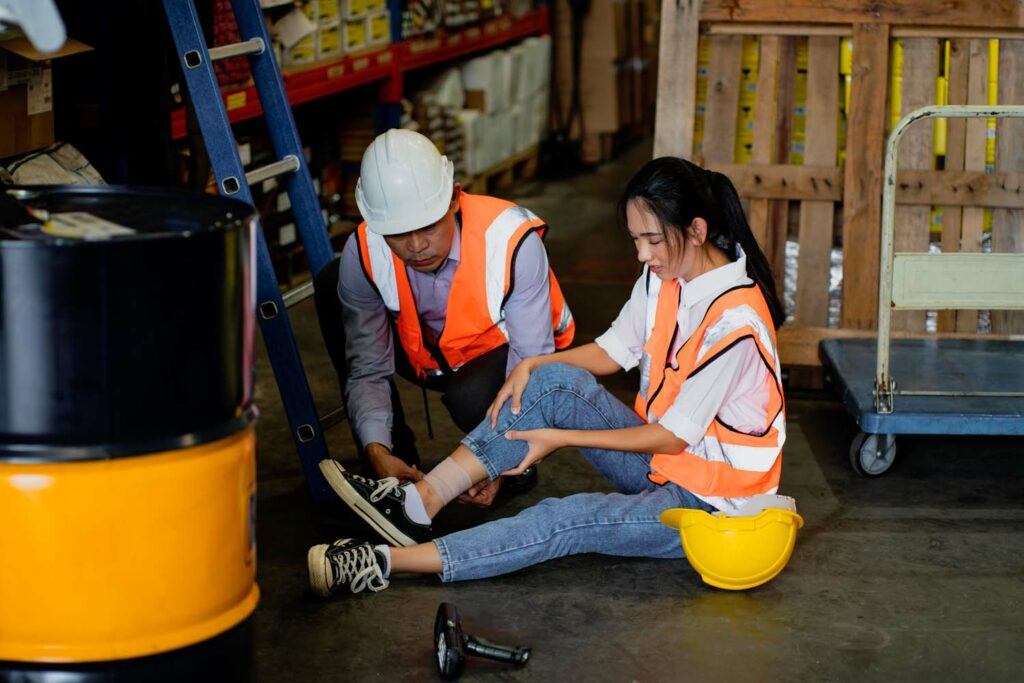
Numbers Don’t Lie
Neglecting health and safety is costly, leading to higher insurance, legal risks, and even jail time for serious breaches. More subtly, it undermines your team’s morale and engagement—key for attracting and keeping talent. Safe employees are happy employees! Customers, too, take notice; negligence can damage your reputation, eroding satisfaction, loyalty, and profits. In today’s digital era, where mistakes quickly become public, can you afford to overlook safety? For businesses aiming for longevity, making health and safety a priority is not just wise—it’s imperative. Safety isn’t just a policy; in the successful company’s playbook, it’s the rule. But it’s not all about dodging the limelight of infamy. The bedrock of a company’s commitment lies in its moral fibre; a duty to shield its people from harm’s way, underpinned by a web of legal obligations designed to make workplaces sanctuaries of safety. The cost of turning a blind eye? Far beyond the hefty slap of fines, it’s the human cost that resonates deepest—the lives irrevocably changed by incidents that could have been prevented.
Top 5 most common fatal risky tasks
-
- Falls from Height: Falls from height remain one of the leading causes of workplace fatalities in the UK, particularly in industries such as construction, maintenance, and agriculture. Falls from ladders, scaffolding, roofs, and other elevated surfaces can result in severe injuries or death.
- A construction and telecommunication company has been fined £550,000 after an employee fell from a stepladder and was impaled on metal piping.
- A food manufacturer fined £1.866 million after two workers fell from roof.
- A roofing company fined £300,000 after worker falls and suffers fatal head injury.
- A bakery was fined £1 million after a contractor died when he fell from a stepladder.
- Struck by Moving Vehicles or Objects: Struck by Moving Vehicles or Objects: Workers being struck by moving vehicles, such as forklifts, trucks, or other machinery, as well as being struck by falling objects or equipment, are significant causes of fatalities in various industries, including construction, manufacturing, and warehousing
- British Airways was fined £1.8 million after worker was crushed by a baggage trolley.
- A waste company has been ordered to pay a £1.2 million fine after a worker was fatally injured by a reversing vehicle.
- A rail company has been fined £1.2 million long-serving employee who was fatally crushed while performing maintenance work.
- A wine company was fined £800,000 after a driver was killed after being hit by a forklift while waiting for his trailer to be loaded.
- Contact with Machinery and Equipment: Contact with Machinery and Equipment: Accidents involving contact with machinery and equipment, including entanglement, crushing, or being caught between moving parts, are another common cause of workplace fatalities in the UK. Inadequate machine guarding, improper lockout/tagout procedures, and lack of training contribute to these incidents.
- A scrap metal recycling firm has been fined £2 million when an employee was killed after coming in contact with a machine that should have been prevented access to.
- A concrete manufacturer was fined £1 million for fatality injuring an employee due to failure to ensure safe lifting operations, failing to ensure its employees carried out lifting operations safely, and doing so without training and information being in place.
- A sawmill plant was fined £900,000 fine following the death of a driver who was struck by a shovel loader while standing at the rear of his vehicle during a delivery
- A seafood provider was fined £787,500 employee sustained severe injuries caused by getting their hand stuck in a machine.
- Warehouse company fined £500,000 after forklift overturned causing death of an employee.
- A construction company was fined £1.2 million after a worker suffered fatal injuries when trapped between a conveyor and a feed hopper.
- Workplace Transport Accidents: Workplace Transport Accidents: Incidents involving workplace transport, such as collisions between vehicles, pedestrians, or fixed objects, can lead to fatalities in industries where vehicles are regularly used, such as construction sites, warehouses, and factories.
- A recycling firm fined £2.15 million after worker crushed to death by onsite vehicle
- A £750,000 fine was imposed following an incident where a tower crane collapsed due to bolt failure from metal fatigue, resulting in two fatalities including a member of the public.
- A theme park was fined £1 million after a child’s fatal fall from a raft, due to inadequate risk assessments that failed to address ejection risks, despite past incidents.
- A rail operator fined £6.5 million when a child gained access to a site, climbed on top of equipment and suffered a fatal electrical shock.
- Exposure to Harmful Substances: Exposure to Harmful Substances: Exposure to hazardous substances, including chemicals, gases, fumes, and biological agents, poses significant risks to workers’ health and safety. Long-term exposure or sudden exposure to toxic substances can result in fatal outcomes, particularly in industries such as manufacturing, agriculture, and healthcare.
- A chemical company was fined £1.2 million after a leak caused an explosion.
- A steelworks company was fined £1.8 million following an explosion that killed two workers while working on an accumulator vessel when it exploded.
- A retailer was penalized with a £1 million fine due to asbestos contamination.
- A car manufacturer faced a £360,000 fine after two employees sustained chemical burns, resulting from the company’s failure to prevent or properly control exposure to a hazardous substance
- A School cook became severely asthmatic due to poor ventilation, company fined £200,000
- Exposure to hazardous chemicals resulted in the development of ‘allergic contact dermatitis’, leading to a company being fined £100,000.
- A healthcare provider was fined £160,000 following the exposure of three employees to chlorine gas.
- Falls from Height: Falls from height remain one of the leading causes of workplace fatalities in the UK, particularly in industries such as construction, maintenance, and agriculture. Falls from ladders, scaffolding, roofs, and other elevated surfaces can result in severe injuries or death.
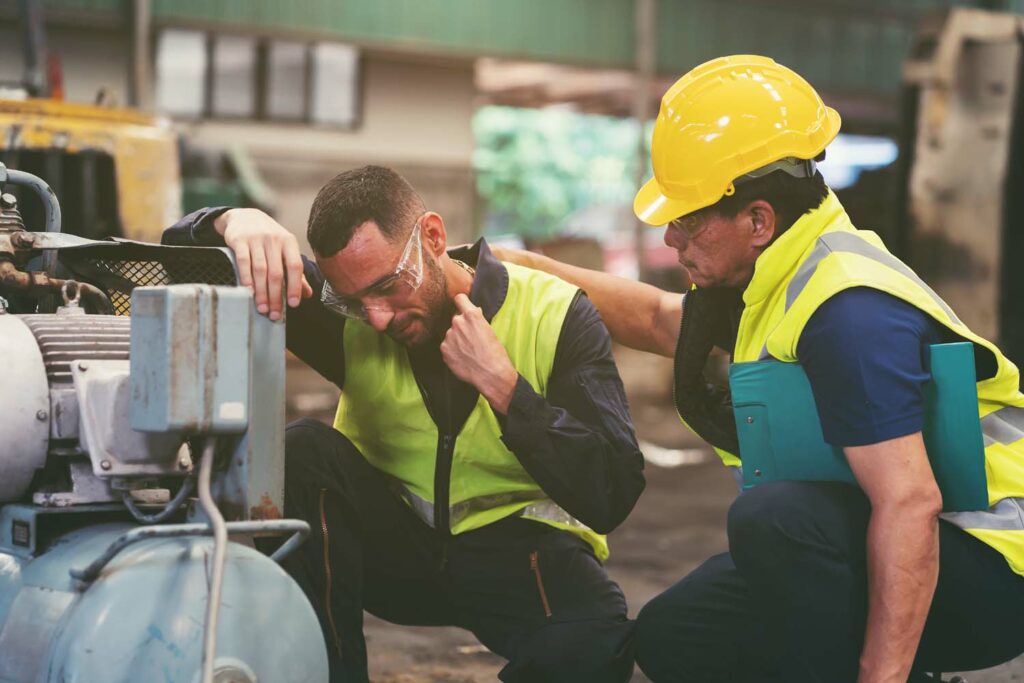
Proactive Measures: Steering Clear of Health and Safety Pitfalls
To navigate the complexities of health and safety compliance and dodge the unwelcome fines, UK businesses can adopt a suite of proactive measures. Here’s a refined strategy to ensure your workplace remains both safe and compliant:
-
- Conduct Comprehensive Risk Assessments: Regularly assess potential hazards in your operations and take proactive measures to address them. Ensure experienced leadership oversees high-risk tasks and procedures.
-
- Provide Thorough Safety Training: Guarantee all team members receive extensive training on relevant health and safety protocols. Supervise work activities to verify the effectiveness of training and ensure adherence to safe work practices.
-
- Stay Informed about Legislation: Keep up-to-date with the latest health and safety regulations to ensure full compliance. Subscribing to updates from organizations like the Health and Safety Executive (HSE) is recommended.
-
- Prioritize Safety Equipment and Signage: Supply your workforce with appropriate personal protective equipment (PPE) and ensure clear signage throughout your premises, highlighting hazards and emergency exits.
-
- Foster a Safety-Focused Environment: Promote a workplace culture where safety is paramount. Encourage staff to report hazards and contribute safety suggestions, fostering a shared responsibility for well-being.
-
- Encourage Transparent Communication: Establish clear channels for employees to report safety concerns and provide feedback. Hosting regular safety briefings and discussions can uncover underlying issues.
-
- Uphold Comprehensive Safety Documentation: Maintain thorough records of safety policies, risk assessments, training sessions, and incidents. Proper documentation is essential for demonstrating compliance and can be invaluable in defending against potential fines.
-
- Establish an Efficient Incident Management Plan: Create a clear, actionable strategy for responding to accidents and emergencies. Timely and effective responses can mitigate the impact of incidents and showcase your dedication to safety.
-
- Consult with Industry Experts: Seek guidance from health and safety professionals or legal advisors specializing in occupational safety for complex situations. Their knowledge can help navigate regulations and implement best practices.
-
- Conduct Regular Safety Audits: Whether conducted internally or by a third party, routine safety audits can pinpoint compliance issues and areas for improvement before they escalate into more significant problems or regulatory violations.
Summary
The significance of health and safety stretches well beyond mere considerations of avoiding fines, managing costs, or safeguarding reputation. At its heart, it’s about cherishing human life and welfare, ensuring that each individual returning home from work does so unharmed. It’s about cultivating an environment where the physical and mental well-being of employees, customers, and the wider community takes precedence. This dedication to protecting individuals underscores a company’s ethical standards and respect for human dignity, reflecting its integrity and character. Furthermore, a robust health and safety ethos nurtures a positive workplace atmosphere, boosting employee morale, productivity, and loyalty. It communicates to employees that they are valued, fostering greater dedication and engagement in their roles. Additionally, by prioritizing preventive measures and fostering a proactive safety culture, businesses contribute to a more sustainable and responsible operating model. This not only benefits immediate stakeholders but also sets a benchmark within the industry, promoting broader societal well-being. Ultimately, concern for health and safety transcends mere regulatory compliance and financial considerations; it’s an intrinsic aspect of corporate social responsibility and a testament to a company’s commitment to nurturing a safer, healthier, and fairer society.
Putting people first, BIS delivers top-tier safety program, systems, & training solutions tailored to UK standards—get in touch today to champion workplace safety and empower your team!
Additional Articles
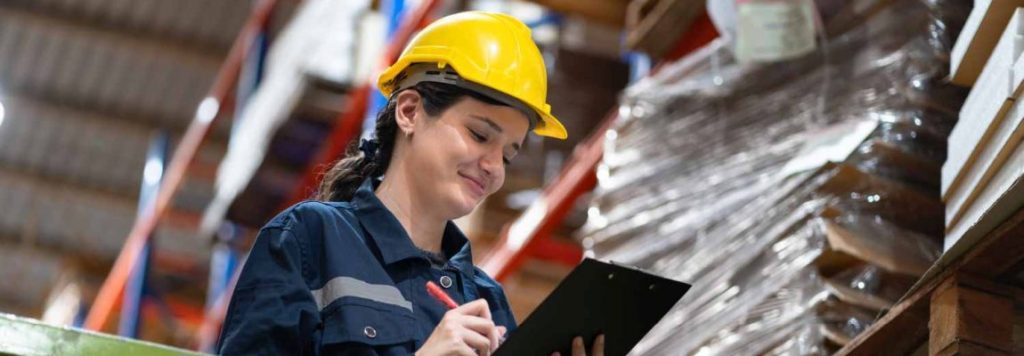
Preventing the Most Common Aerial & Scissor Lift Accidents
This aerial platform safety article will cover the most common lift accidents in the UK and provide training courses to mitigate risks. … Read More

Workplace Safety: The Good, the Bad, and the Ones Who Just Don’t Get It
Every company has a safety culture, whether it’s solid, checkbox-driven, or barely present. This blog explores the different types of safety cultures and why it’s essential to move beyond compliance to create a culture of care and engagement. When safety

